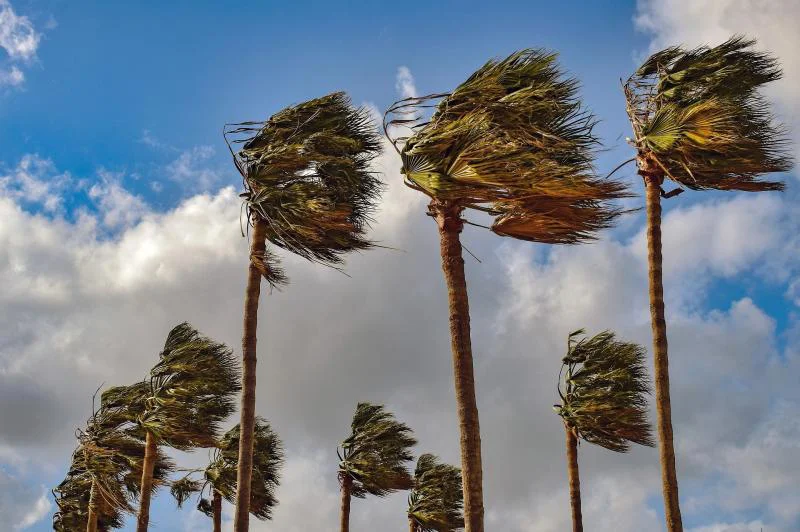The movement of air is called a breeze or a wind, but their speed and strength are different. A breeze is a light, gentle flow of air that usually moves up to 25 km/h. It is often associated with a friendly, comfortable feeling on the skin, and on hot days, it may even feel cool. On the other hand, the wind is a stronger and more forceful movement of air, with speeds ranging from 25 km/h to over 118 km/h. Wind can be strong enough to damage buildings and uproot trees. It can also be a sign of different types of bad weather, like storms, hurricanes, and tornadoes. Overall, the biggest difference between a breeze and wind is how strong they are and how much damage they can do.
What is Breeze?
A breeze is a light, gentle movement of air that usually moves at a speed of up to 25 kilometres per hour. It has a nice, comfortable feeling on the skin and is often thought of as a way to cool off on a hot day. Most breezes are caused by the natural flow of air, which can be affected by things like how much the sun heats the surface of the earth, changes in atmospheric pressure, and the movement of weather systems.
The direction and source of a breeze are also factors that can be used to categorise its characteristics. For example, a sea breeze happens when cooler air from the ocean moves towards land to replace the warmer air rising from the ground. A land breeze happens when cooler air from land moves towards the warmer air over the sea. Breezes are important because they help control the temperature and humidity of the environment and move pollutants and other particles through the air. They are also important parts of many natural processes, like spreading seeds and pollinating plants.
What is Wind?
Wind is the movement of air, which usually happens at speeds between 25 kilometres per hour and more than 118 kilometres per hour. It is a natural event caused by differences in atmospheric pressure, which can be affected by temperature, humidity, and the way the earth spins. Wind can happen at any height, and its speed, direction, and other qualities, like turbulence and gusts, can be used to classify it.
Wind has many effects on the environment and on how people live. It can cause erosion, wildfires, and damage to buildings and change the way weather and ocean currents move. Wind is another source of clean energy that can be used to make electricity through wind turbines. The study of wind and how it affects things is an important part of science. It is used in areas like meteorology, climatology, and aviation.
Difference Between Breeze and Wind
Both wind and breeze are movements of air, but there are some differences between the two. Wind is the natural movement of air, especially in the form of a current of air blowing from a certain direction. Most of the time, wind is caused by changes in the pressure of the air in the atmosphere. When there is a big difference in air pressure between two places, air moves from the higher pressure to the area with the lower pressure. Winds are often put into groups based on their speed, direction, and where they happen on earth. For instance, trade winds are steady winds from the northeast and southeast and blow towards the equator.
On the other hand, a breeze is a light wind that usually blows during the day and is caused by the uneven way the sun heats the earth’s surface. As the day goes on and the ground gets hotter, the air above it also gets warmer and rises. The warm air is then replaced by cooler air from other places, making a gentle breeze. Most of the time, breezes are grouped by how strong they are and which way they blow. For example, a sea breeze blows from the sea towards the land during the day. In short, the main differences between wind and breeze are how strong they are, how long they last, and where they come from. The wind is usually more substantial, stays around longer, and is caused by differences in air pressure. On the other hand, a breeze is generally gentle, doesn’t last as long, and is caused by the uneven heating of the earth’s surface.







